The resurgence of 8-bit music has captivated both retro gaming enthusiasts and modern musicians alike. In recent years, the pursuit of authentic chiptune sound has led to a fascinating intersection of nostalgia and cutting-edge technology. One of the most exciting developments in this space is the use of Field-Programmable Gate Arrays (FPGAs) to recreate classic 8-bit sound hardware with unprecedented accuracy.
FPGA technology has emerged as the gold standard for hardware emulation, offering a level of precision that software emulators simply cannot match. Unlike traditional emulation that runs on general-purpose CPUs, FPGAs can be programmed to mimic the actual circuitry of vintage sound chips at the transistor level. This approach preserves the distinctive quirks and imperfections that gave 8-bit music its characteristic warmth and personality.
The process begins with painstaking research into the original hardware schematics. Engineers analyze decades-old documentation, sometimes reverse-engineering chips when proper specs are unavailable. Each component - from oscillator circuits to noise generators - must be meticulously recreated in hardware description language. The result isn't just an imitation; it's a functional clone that behaves identically to the original silicon.
Several groundbreaking projects have demonstrated FPGA's potential for audio preservation. The MISTer project, initially focused on video game system replication, has expanded to include faithful recreations of sound chips like the Yamaha YM2612 (Sega Genesis) and Ricoh 2A03 (NES). These implementations capture not just the clean signal paths but also the electrical interference and crosstalk that occurred in the original systems.
What makes FPGA recreations particularly remarkable is their ability to replicate timing-sensitive behaviors. Many classic sound chips relied on precise clock cycles for effects like arpeggiation and sample playback. Software emulators often struggle with these timing nuances, while FPGA solutions recreate them perfectly by mirroring the original clock distribution networks.
The community surrounding these projects has grown into a vibrant ecosystem of developers and musicians. Open-source repositories now host FPGA implementations of legendary chips like the SID (Commodore 64), POKEY (Atari 800), and the Game Boy's custom sound hardware. Musicians can finally experiment with these sounds in their original form, rather than relying on sample packs or imperfect software synths.
Beyond mere preservation, FPGA technology enables creative expansions of classic sound hardware. Some implementations include "what-if" features that the original designers might have included given more silicon real estate. Others combine multiple sound chips in configurations that were never commercially available, creating entirely new palettes of 8-bit tones.
The technical challenges remain significant. Accurate voltage level reproduction is particularly tricky, as many classic chips operated at non-standard voltages that modern FPGAs don't natively support. Clever solutions involving level shifters and custom output stages have emerged to solve these issues. Thermal characteristics also require careful consideration, as the heat profiles of modern FPGAs differ substantially from the original NMOS and CMOS processes.
Looking forward, the FPGA chiptune movement shows no signs of slowing down. As the tools become more accessible and documentation improves, we're seeing an explosion of creative applications. From portable chiptune synthesizers to full-featured music workstations, the marriage of vintage sound and modern reprogrammable logic continues to yield exciting results. This technological renaissance ensures that the distinctive bleeps and bloops of gaming's golden age will continue inspiring musicians for generations to come.
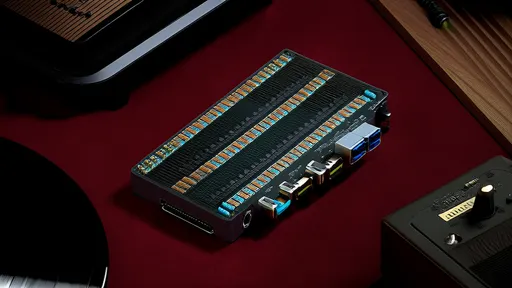
By /Jul 29, 2025

By /Jul 29, 2025
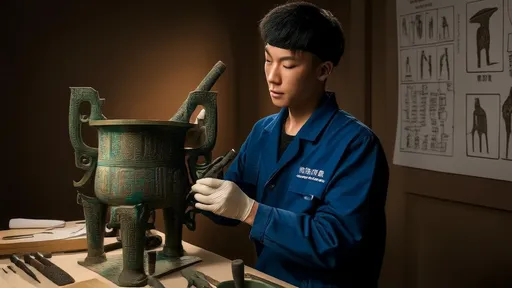
By /Jul 29, 2025
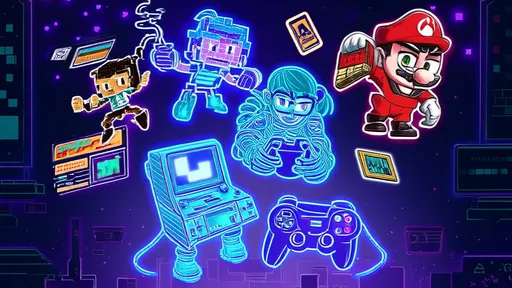
By /Jul 29, 2025
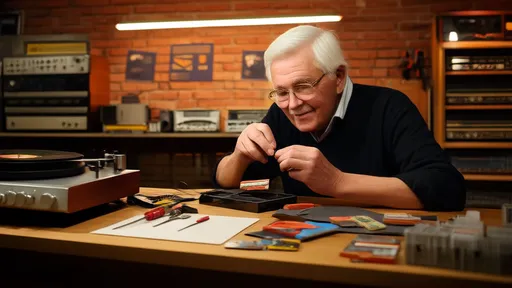
By /Jul 29, 2025
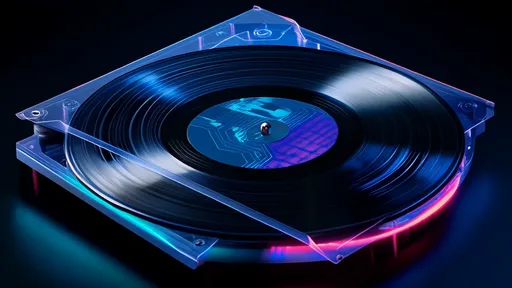
By /Jul 29, 2025

By /Jul 29, 2025

By /Jul 29, 2025

By /Jul 29, 2025
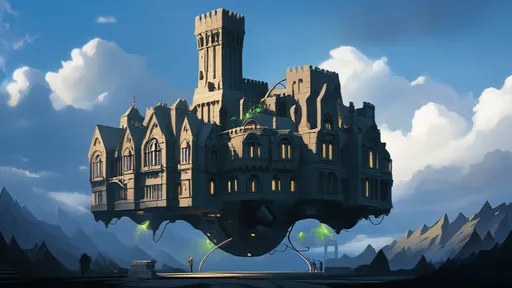
By /Jul 29, 2025

By /Jul 29, 2025

By /Jul 29, 2025

By /Jul 29, 2025

By /Jul 29, 2025

By /Jul 29, 2025
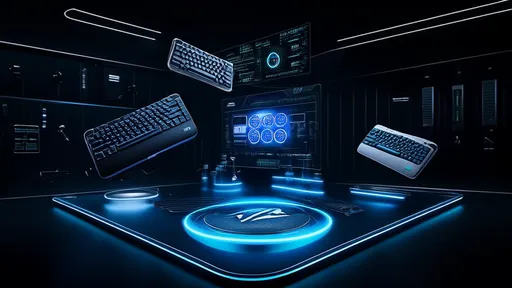
By /Jul 29, 2025

By /Jul 29, 2025
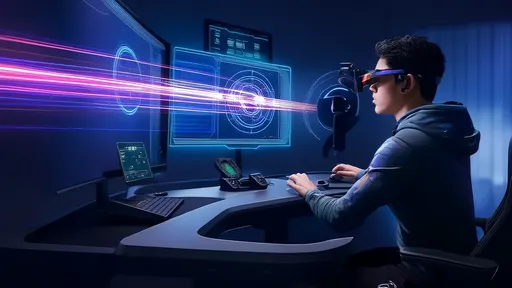
By /Jul 29, 2025
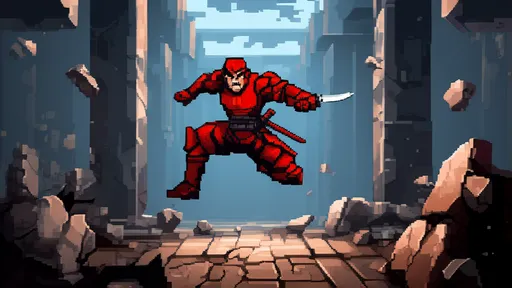
By /Jul 29, 2025

By /Jul 29, 2025